The Pre-Hispanic City of Chichen Itza is located on Mexico's Yucatan Peninsula, making for a long day trip from either Merida or, more commonly, the Riviera Maya.
While Chichen Itza was the Mayan ruins everyone in my group was most looking forward to at the start of our trip, Palenque became our favorite.
Chichen Itza seemed a little too well restored, too clean, too touristy, whereas Palenque was still very covered up by the jungle, with far fewer tourists.
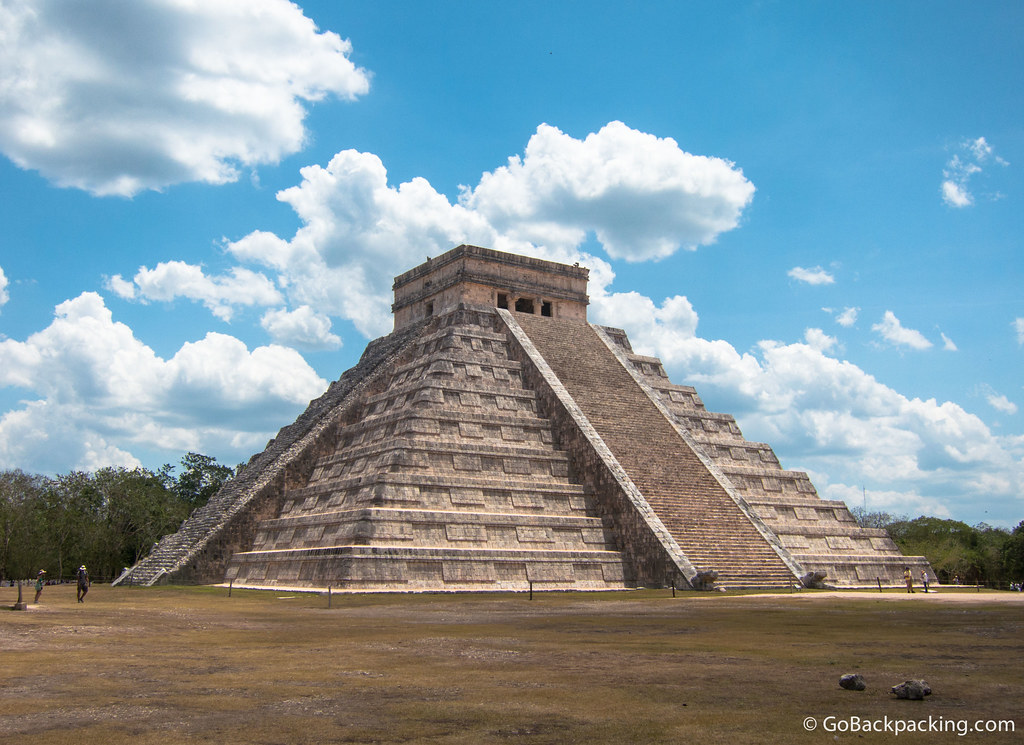
Throughout its nearly 1,000-year history, different peoples have left their mark on the city.
The Maya and Toltec vision of the world and the universe is revealed in their stone monuments and artistic works.
The fusion of Mayan construction techniques with new elements from central Mexico make Chichen-Itza one of the most important examples of the Mayan-Toltec civilization in Yucatán.
– UNESCO
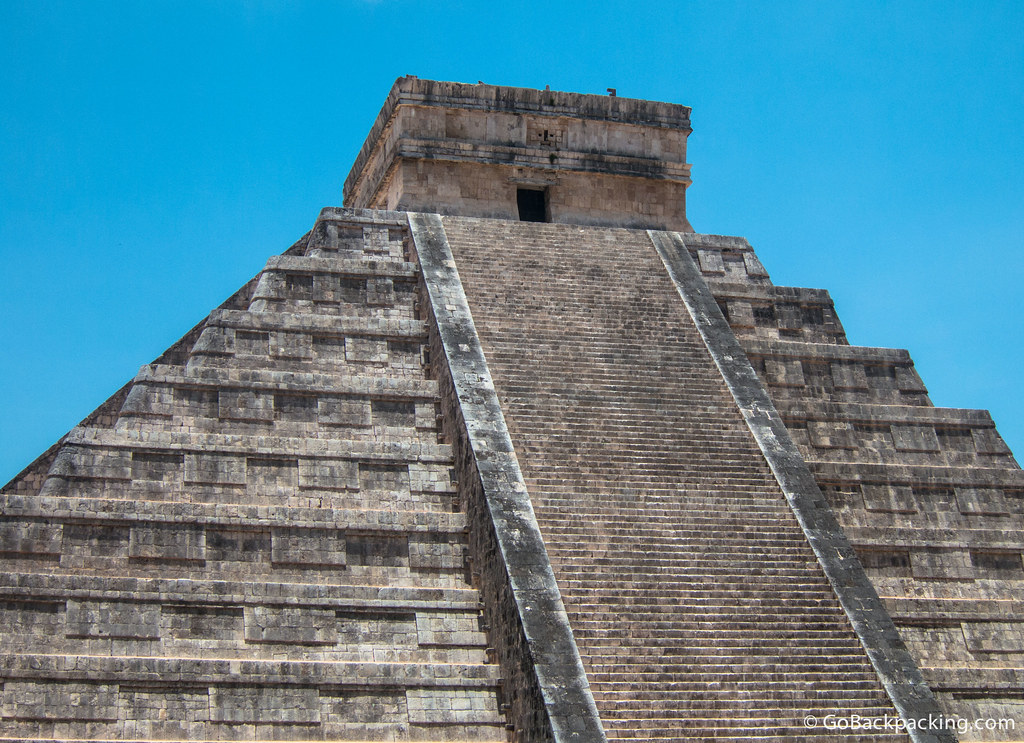
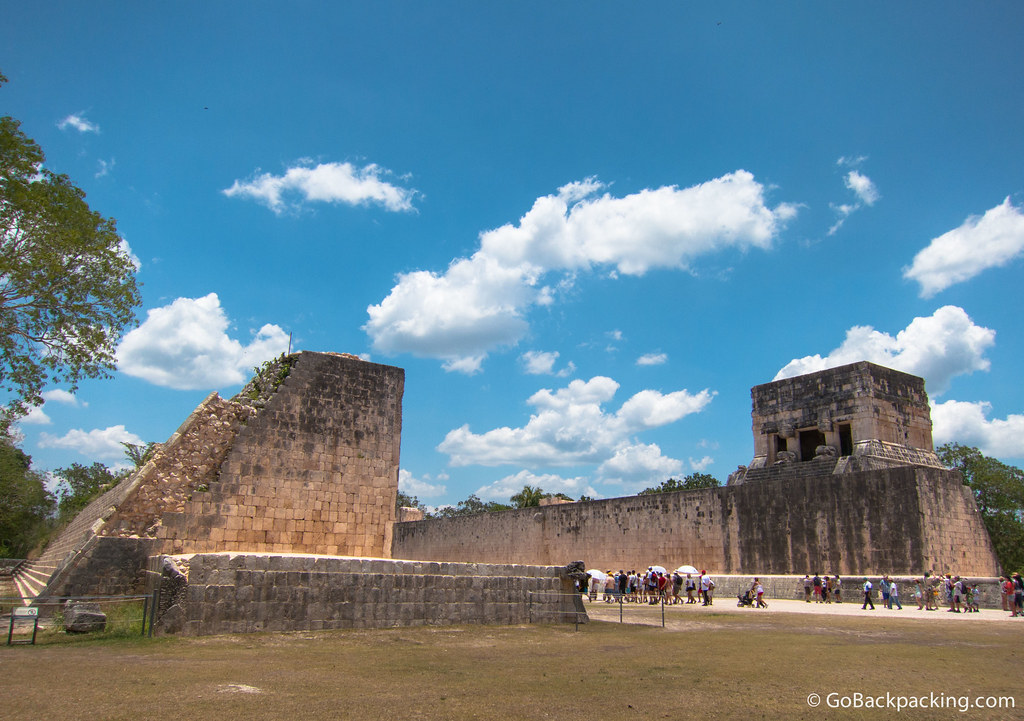
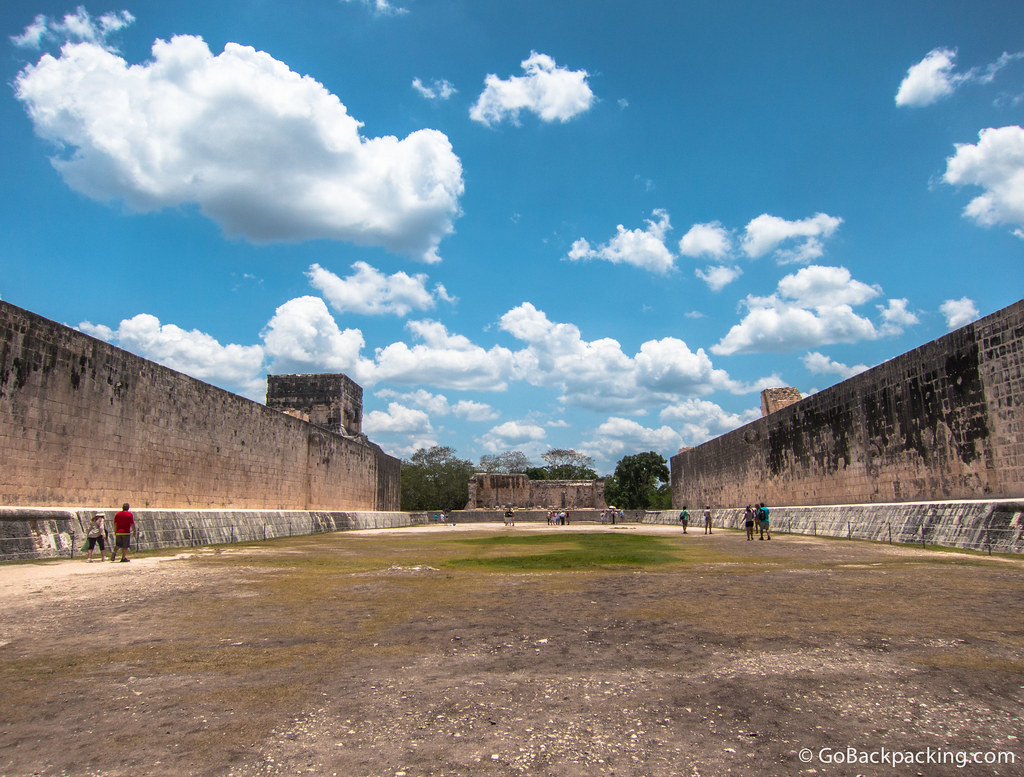

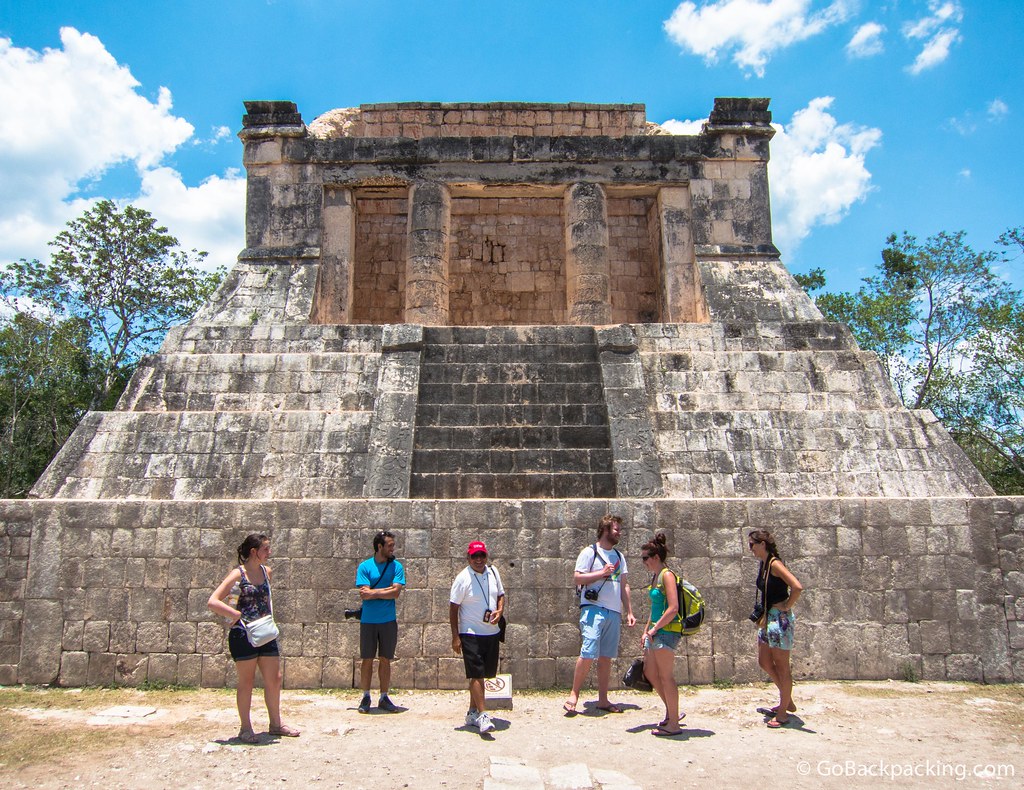
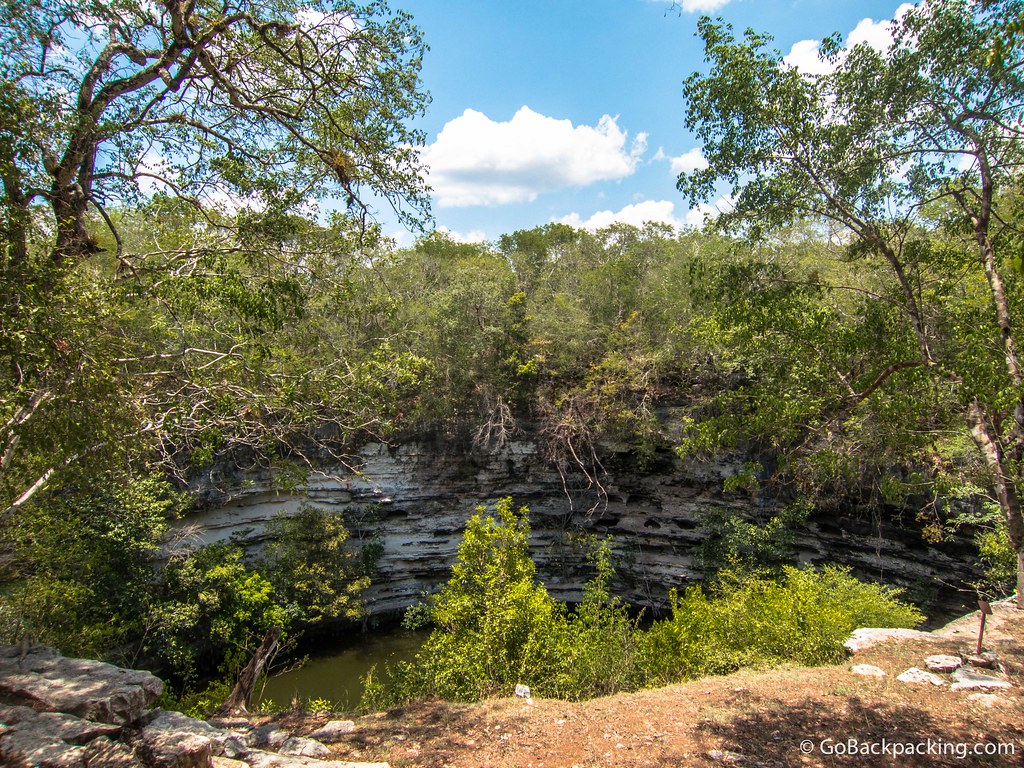
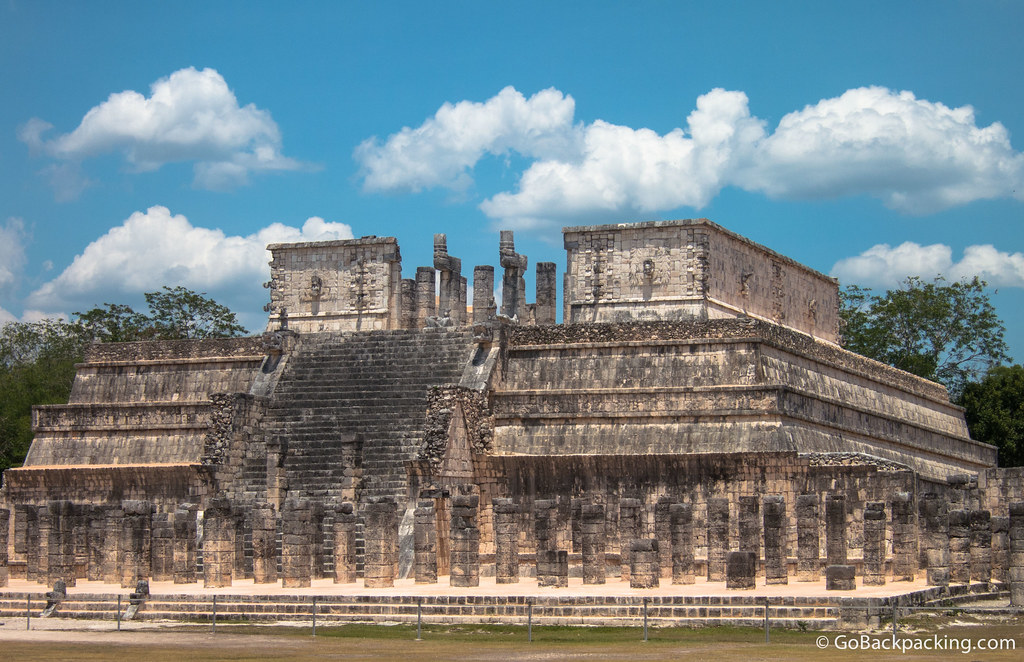

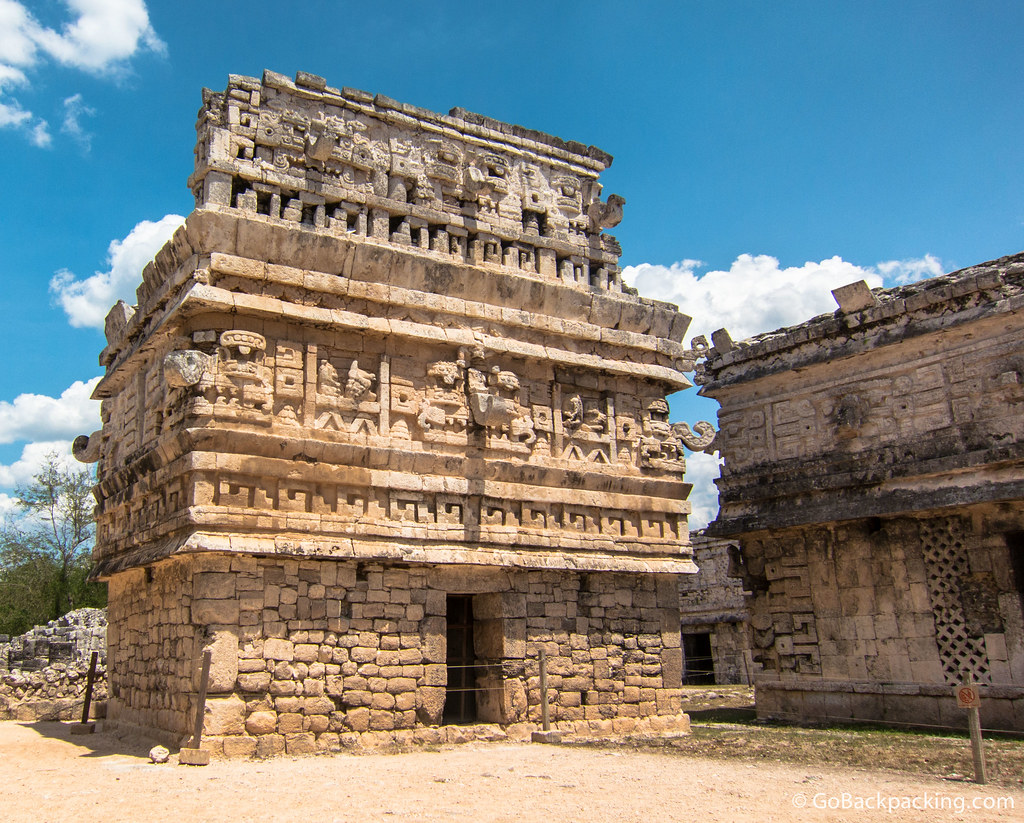
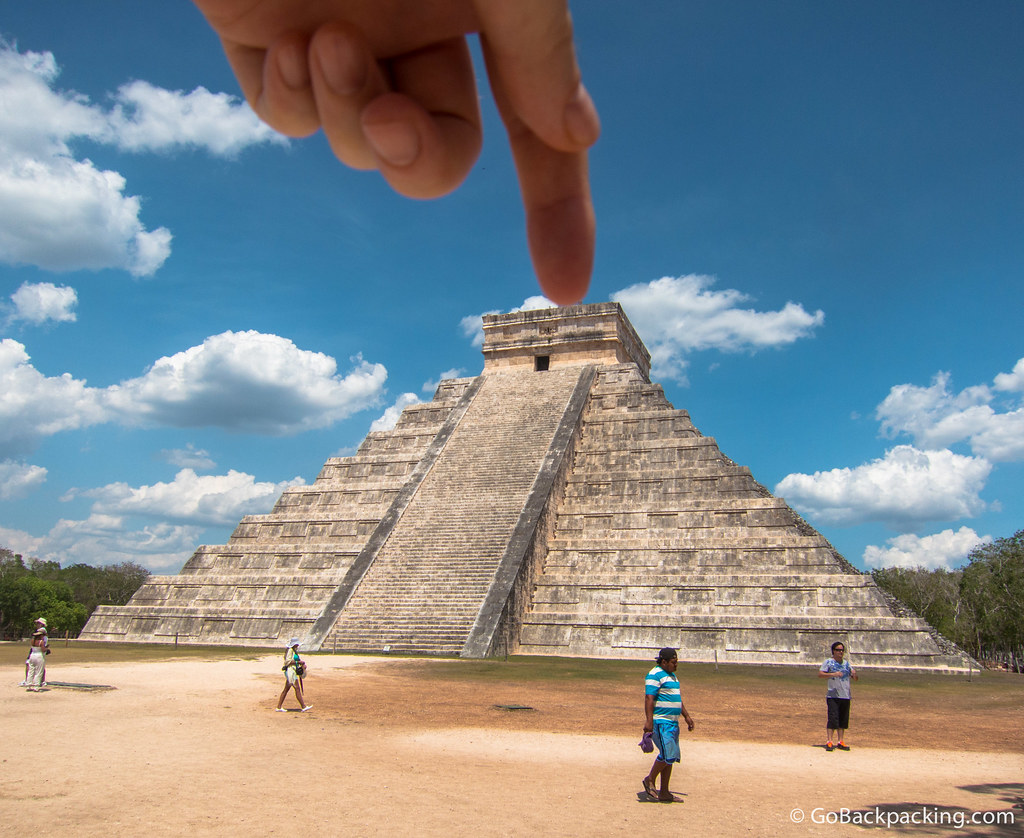
___
The Pre-Hispanic City of Chichen Itza became a World Heritage Site in 1988.
Click here for the complete list of UNESCO sites Dave has visited during his travels.
___
My Mexico Ancient Civilizations tour was in partnership with G Adventures.
Dave is the Founder and Editor in Chief of Go Backpacking and Feastio. He's been to 66 countries and lived in Colombia and Peru. Read the full story of how he became a travel blogger.
Planning a trip? Go Backpacking recommends:
- G Adventures for small group tours.
- Hostelworld for booking hostels.

